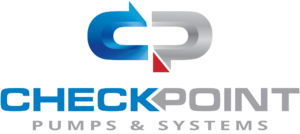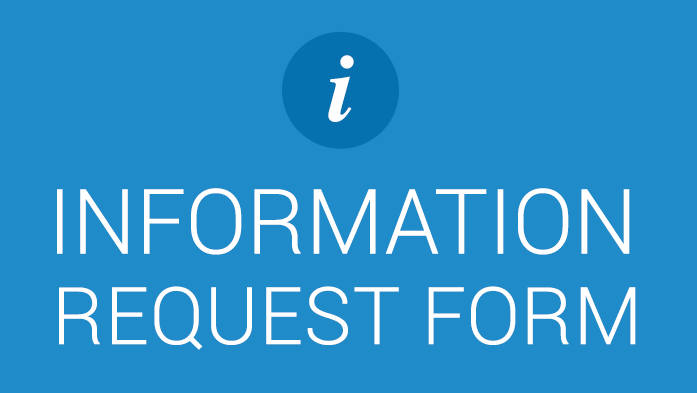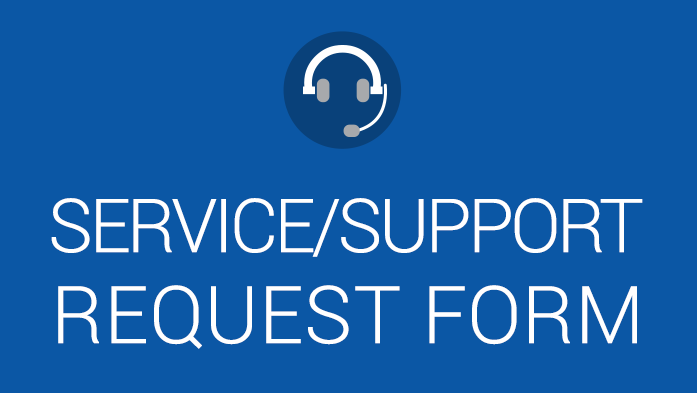The Future of Treatment Pumps Innovations Transforming Healthcare Delivery
In recent years, the healthcare industry has witnessed significant advancements in technology, particularly in the realm of treatment pumps. These devices play a crucial role in the administration of medications, nutrients, and other therapeutic solutions, ensuring patients receive accurate dosages for optimal care. As we look to the future, innovations in treatment pumps promise to transform healthcare delivery by enhancing patient safety, improving drug delivery accuracy, and facilitating remote monitoring capabilities. The integration of smart technology and data analytics into treatment pumps not only streamlines clinical workflows but also empowers healthcare providers to make more informed decisions based on real-time patient data. This article will explore the various innovations shaping the future of treatment pumps, highlighting their impact on patient outcomes and the overall efficiency of healthcare systems.
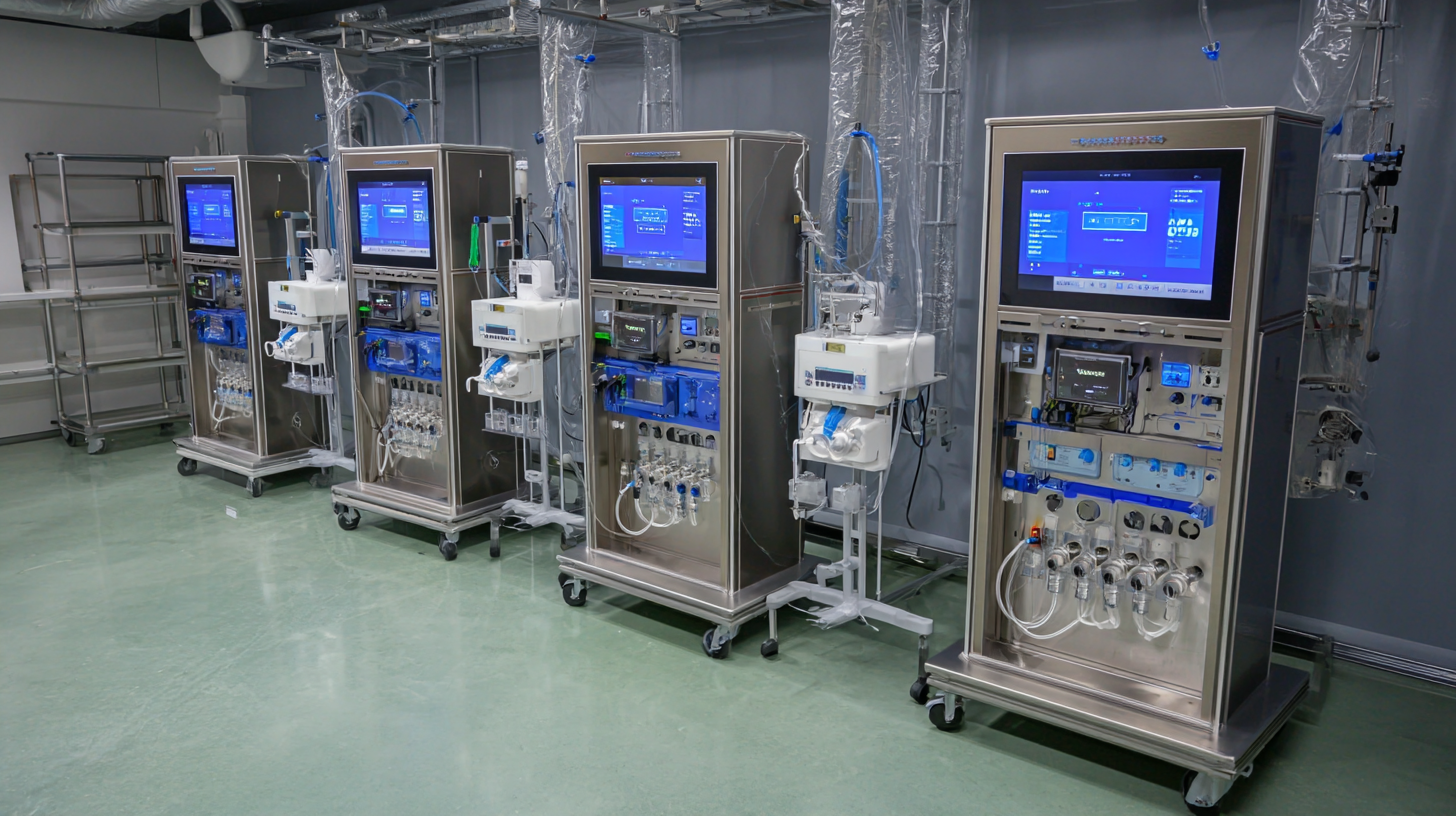
Opportunities in Smart Pump Technology for Enhanced Patient Care
Smart pump technology is revolutionizing healthcare delivery by offering enhanced precision and safety in medication administration. These advanced devices leverage data analytics and connectivity to tailor treatments to individual patient needs, significantly reducing the risk of medication errors. Features such as real-time monitoring and automated dose calculations provide healthcare professionals with the tools necessary to deliver optimal care efficiently. As a result, patients benefit from improved therapeutic outcomes while experiencing less time in critical care settings.
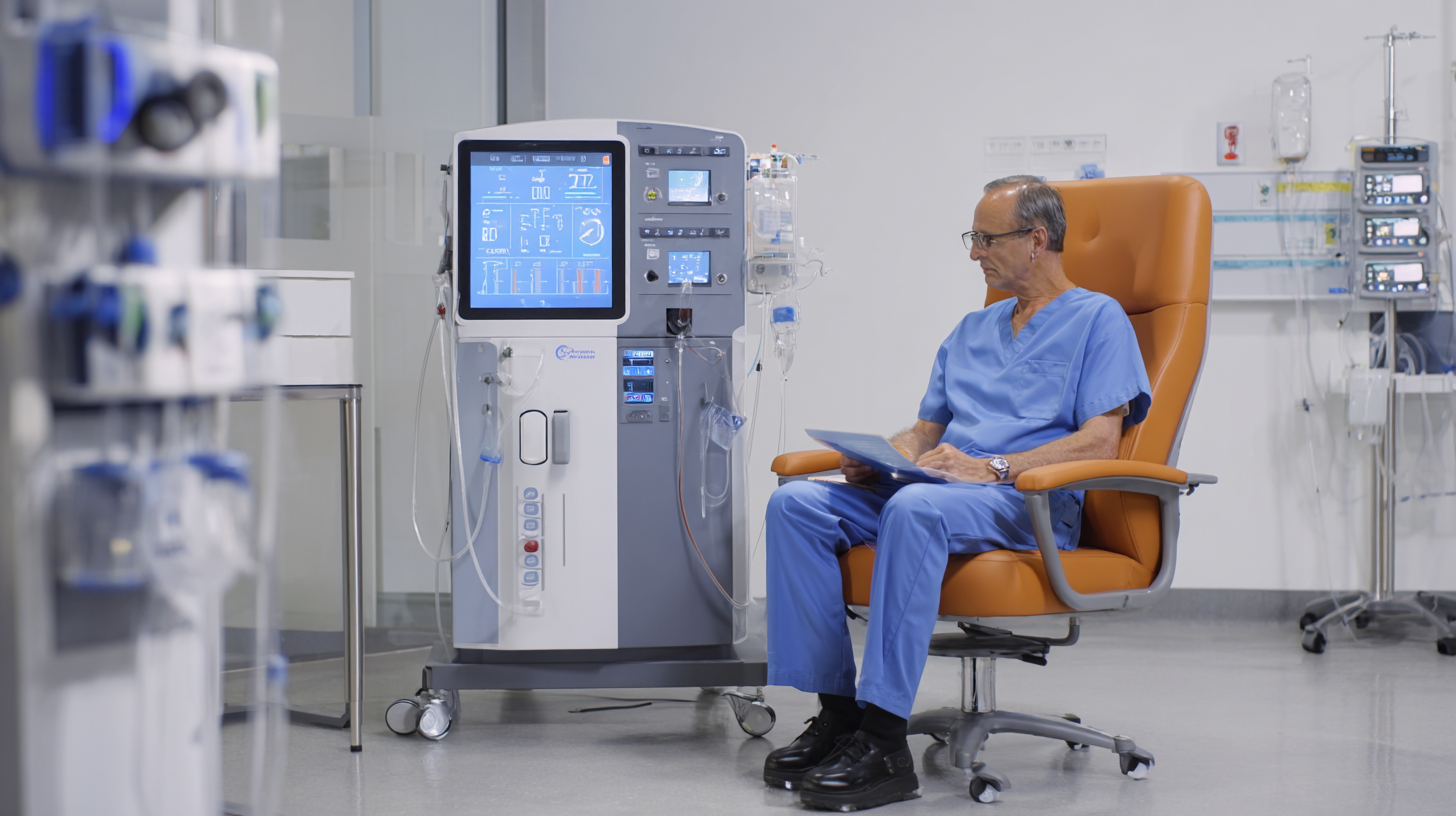
The opportunities within smart pump technology extend beyond merely enhancing existing treatment protocols. With the integration of artificial intelligence and machine learning, these pumps can adapt to varying clinical scenarios, learning from both patient responses and historical data. This adaptability not only empowers clinicians to make more informed decisions but also fosters patient engagement and empowerment in managing their health. Ultimately, the future of healthcare lies in harnessing such innovations, positioning smart pumps as a crucial element in the continuous pursuit of improved patient care.
Emerging Innovations: Redefining Drug Delivery Systems
The landscape of healthcare delivery is on the brink of transformation, particularly with the rise of innovative drug delivery systems. Emerging technologies, such as smart infusion pumps and wearable delivery devices, are redefining how medications are administered to patients. Smart pumps enhance precision by automatically calculating dosages, reducing the risk of human error. This not only increases safety but also improves patient outcomes by ensuring that patients receive the right amount of medication at the right time.
**Tips:** When considering drug delivery innovations, healthcare professionals should focus on integrating these smart systems into their practices to streamline care. Additionally, educating patients about how these devices work can enhance compliance and trust in treatment plans.
Moreover, the advent of mobile applications linked to treatment pumps provides real-time monitoring capabilities. These apps can allow both patients and healthcare providers to track medication adherence and responses promptly. As a result, adjustments can be made swiftly, optimizing the overall treatment process for chronic conditions and improving the quality of life for patients.
**Tips:** Stay updated on the latest app developments that accompany treatment pumps, as they can offer significant benefits for managing patient care and engaging patients more actively in their treatment journeys.
Integrating Data Analytics with Treatment Pumps for Improved Outcomes
The integration of data analytics with treatment pumps represents a revolutionary shift in healthcare delivery. By harnessing the power of real-time data, medical professionals can fine-tune dosage and treatment plans tailored to individual patient needs. Advanced algorithms analyze patient responses and adjust pump settings automatically, leading to enhanced safety and efficacy in drug administration. This technology not only improves patient outcomes but also streamlines workflows for healthcare providers, ultimately fostering a more efficient healthcare environment.
**Tips:** When considering the implementation of data-driven treatment pumps in clinical settings, ensure robust data privacy measures are in place. It's vital to train staff effectively on interpreting the data analytics to maximize the benefits of this innovative technology. Regular calibration of treatment pumps is also essential for accurate dosing and patient safety.
As healthcare continues to evolve, the synergy between treatment pumps and data analytics paves the way for optimized patient care. This evolution not only transforms how treatments are administered but also empowers patients through real-time information and tailored healthcare solutions. Embracing these innovations is crucial for facilities aiming to enhance treatment efficacy and patient satisfaction.
The Future of Treatment Pumps Innovations Transforming Healthcare Delivery - Integrating Data Analytics with Treatment Pumps for Improved Outcomes
| Parameter | Current Value | Projected Value (2025) | Impact of Data Integration |
|---|---|---|---|
| Patient Compliance Rate | 75% | 90% | Increased monitoring and feedback mechanisms |
| Treatment Efficacy | 80% | 95% | Data-driven adjustments to therapy |
| Adverse Event Rate | 5% | 2% | Predictive analytics for risk management |
| Cost Savings | $1 million/year | $2.5 million/year | Efficiency from integrated data systems |
| Staff Efficiency | 40 hours/week | 30 hours/week | Automation of routine data tasks |
The Role of Telehealth in Revolutionizing Pump Usage and Management
The integration of telehealth into the management of treatment pumps marks a significant evolution in healthcare delivery. Telehealth technologies facilitate remote monitoring and management of pump therapies, providing patients with more accessible care. According to a report by Grand View Research, the global telehealth market is projected to reach $636.38 billion by 2028, expanding at a CAGR of 38.2% from 2021. This exponential growth reflects a rising recognition of telehealth's role in improving patient compliance and clinical outcomes in managing chronic conditions reliant on treatment pumps.
Moreover, the use of telehealth solutions enables healthcare providers to closely monitor patient data in real-time, significantly reducing hospital readmission rates. A study published in the Journal of Medical Internet Research found that organizations implementing telehealth interventions for pump management reported a 30% reduction in emergency room visits. By empowering patients to manage their treatment from home and allowing for immediate clinician intervention, telehealth not only streamlines operational workflows but also enhances patient safety and satisfaction. As telehealth transforms the landscape of pump usage, it emphasizes the importance of seamless communication between patients and healthcare providers, ultimately leading to improved health outcomes.
Future Trends in Personalization of Treatment Delivery Devices
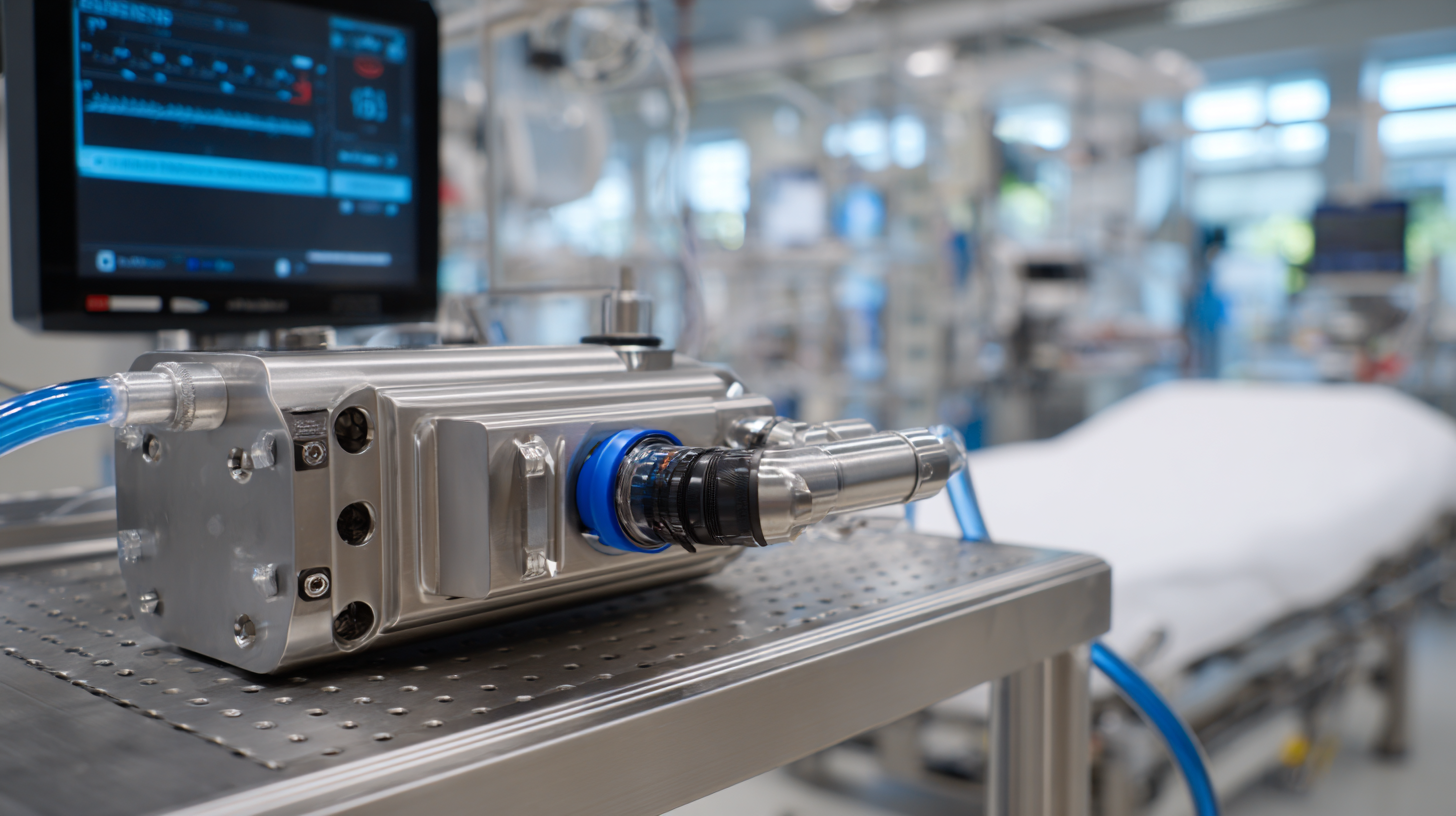 The future of healthcare delivery is being profoundly shaped by innovations in treatment pumps and personalized treatment delivery devices. As patient-centered approaches gain traction, the integration of software and services is redefining how treatments are administered, making them more effective and tailored to individual needs. This trend is particularly evident in the rise of digital health solutions, where remote monitoring and telehealth have become increasingly popular. Reports indicate that the market for such solutions is expanding as patients and healthcare providers alike embrace technology that enhances care accessibility and reduces barriers to treatment.
The future of healthcare delivery is being profoundly shaped by innovations in treatment pumps and personalized treatment delivery devices. As patient-centered approaches gain traction, the integration of software and services is redefining how treatments are administered, making them more effective and tailored to individual needs. This trend is particularly evident in the rise of digital health solutions, where remote monitoring and telehealth have become increasingly popular. Reports indicate that the market for such solutions is expanding as patients and healthcare providers alike embrace technology that enhances care accessibility and reduces barriers to treatment.
Tips for adapting to these advancements include investing in training for healthcare professionals on the latest treatment delivery technologies and encouraging patient engagement through education about remote care options. Understanding the dynamics of personalized treatment can also help institutions enhance their service offerings, leading to better patient experience and outcomes. Major market shifts, driven by the increasing adoption of personalized therapies, indicate a strong growth trajectory, particularly for devices that support remote patient management.
As we look towards 2032, the demand for innovative treatment pumps and related technologies is expected to surge, with an estimated market size reaching significant milestones. Staying ahead in this evolving landscape will depend on effectively leveraging data analytics, focusing on clinical research, and embracing the trends shaping the future of healthcare delivery.
Related Posts
-
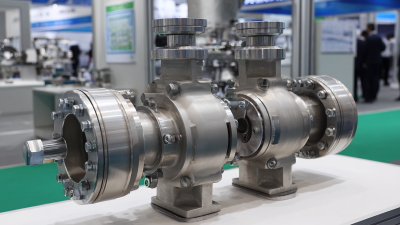
Exploring Check Valve Innovations at the 2025 China Import and Export Fair
-

7 Essential Tips for Choosing the Right Diaphragm Pump for Your Business Needs
-
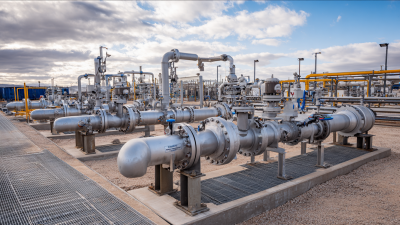
Revolutionizing Efficiency in Oil Fields: The Role of Chemical Injection Systems
-

How to Optimize Your Injection Pumps for Maximum Efficiency and Performance
-
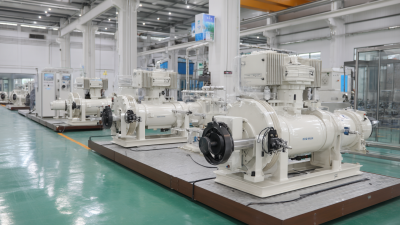
Revolutionizing Fluid Management: The Future of Electric Chemical Injection Pumps Explained
-

5 Best Solar Pumps for Efficient Water Management in Agriculture
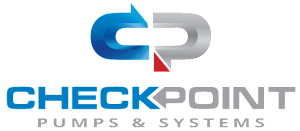
Whether your solution requires a single pumping application or an expansive engineered system,
CheckPoint is committed to becoming your partner in excellence.
